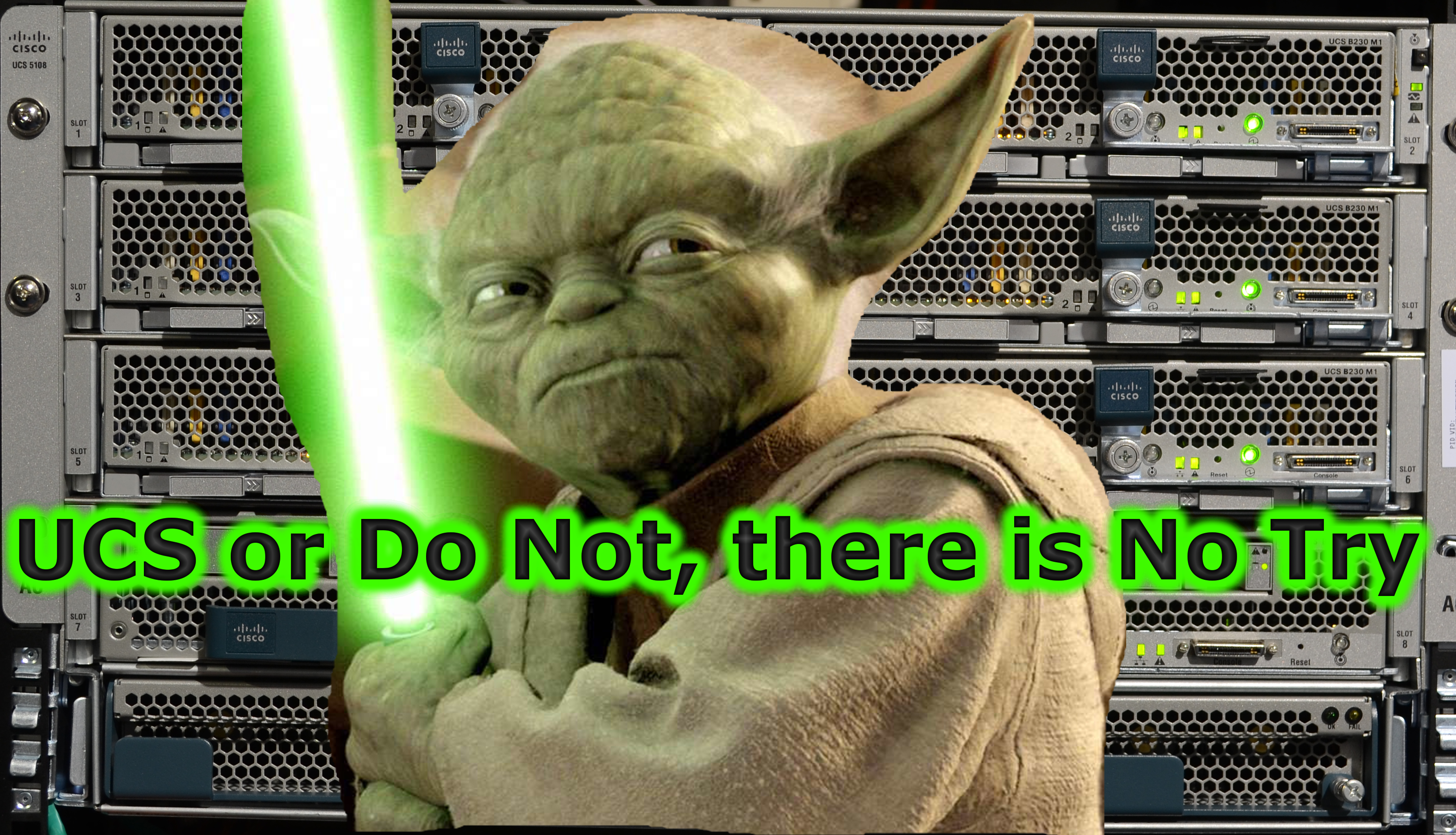Cisco DCNM Evolves into a Fabric Controller
The world of data centers is changing rapidly. Businesses are being faced with the ever-growing complexity of handling data in multiple locations and the increasing costs to maintain and manage changing data center environments. This growth is happening at an accelerating pace and pushing the scalability limits of data center environments. Spending on global data center infrastructure is projected to reach $200 billion in 2021, up 6 percent from 2020, and is expected to grow through 2024 as organizations recover from the pandemic slowdown and gear up to serve their customers in new and innovative ways.
Growing data centers require an easy to use, agile, and scalable end-to-end lifecycle automation toolchain. This toolchain should support not just typical fault, configuration, accounting, performance, security (FCAPS) functionality, but also fabric control capabilities with a scale out model to automate large data centers in multiple locations—either on-premises or in the cloud. With these objectives in mind, I am very excited to announce the availability of Cisco Nexus Dashboard Fabric Controller (NDFC)—formerly known as the Cisco Data Center Network Manager (DCNM) version 12. Cisco NDFC is fully integrated within the Nexus Dashboard, enabling a totally new user experience that simplifies and enhances the solution while providing the traditional capabilities of DCNM.

NDFC provides end-to-end automation for data centers that are distributed in multiple locations and either on-premises or in a public cloud, reducing the complexities and costs of operating multiple fabric types such as Virtual Extensible LAN and Ethernet VPN (VXLAN-EVPN) protocol, Layer 3 routed network, or traditional Layer 2 virtual private cloud (VPC) designs. NDFC can also be operated in fabric discovery (read-only) mode—a.k.a Nexus Dashboard Fabric Discovery—for IT teams that want to automate their configuration and provisioning by different means (Figure 2). Finally, NDFC can be transformed to a Nexus Dashboard SAN Controller to manage storage networks with Cisco MDS multilayer SAN switches and Cisco Nexus switch platforms.
What’s New in Cisco NDFC Version 12.0
NDFC 12.0 offers new features for Cisco’s data center network automation solution.
- As a service on Cisco Nexus Dashboard: NDFC is fully integrated and will run exclusively as a service on the Cisco Nexus Dashboard, providing a single sign-on and a simplified user experience across the entire data center software portfolio.
- Micro-services architecture: NDFC embraces a complete Kubernetes-based micro-services architecture on Nexus Dashboard. By moving away from a monolithic infrastructure to a containerized and modular infrastructure, IT can leverage this new model to enable elastic scale out and improve performance and reliability.
- Active-Active HA model: NDFC also supports active/active high availability with Layer 2 reachability for 3-node clusters and Layer 3 reachability coming in future releases.
- New and consistent user interface: NDFC implements a new look and feel with an intuitive react JavaScript GUI that aligns to the Nexus Dashboard GUI and supports modernized topology views.
- Feature enabler: NDFC no longer requires IT to select a mode for LAN, SAN, or IPFM at the time of installation. Instead, NDFC uses a runtime feature enabler. This feature management capability selectively enables or disables different features, including Fabric Controller (LAN), SAN, IP Fabric for Media (IPFM), and Fabric Discovery.
- Smart Licensing Using Policy: Implementation of Smart Licensing Using Policy with NDFC will further enhance the current smart licensing capabilities. The Cisco Smart Licensing Using Policy aims to increase ease of use by enforcing fewer restrictions with a goal of not interrupting the operations of customer networks.
- Incremental enhancements: NDFC also introduced several ongoing enhancements in the areas of SAN management and media fabrics management.
-

Figure 3. Sample NDFC Topology Better Together: NDFC with Nexus Dashboard Services
Cisco NDFC seamlessly integrates with other services running on Nexus Dashboard.
- Nexus Dashboard Orchestrator: NDFC integrates with Nexus Dashboard Orchestrator to scale out deployment to more than one NDFC instance and extend an on-premises NDFC managed data center into a public cloud
- Nexus Dashboard Insights: NDFC integrates with Nexus Dashboard Insights to provide granular and scalable visibility for Day 2 operations such as deep dive troubleshooting and maintenance operations that benefit data center operation teams.
Cisco NDFC Release 12 runs on the Nexus Dashboard platform and is supported on both the virtual and physical Nexus Dashboard.
Sneak Peek into Coming Releases
What’s next on the roadmap for NDFC in the next 6 to 9 months? We will focus on further improving the user interface and the user experience, designing a better HA model with Layer 3 reachability between cluster nodes, and ongoing fabric automation features for LAN, SAN, and media. We will also focus on increasing the switch scale per NDFC instance to meet ever-increasing data center workloads.
Try NDFC, You’ll Like It!
The Cisco Nexus Dashboard platform is evolving rapidly, with new high-value features planned for NDFC.
I invite you to try the new Cisco NDFC 12 release and discover how it addresses an array of data center automation challenges while being very easy to deploy and operate. As always, Cisco is proactively providing the necessary resources to make data center deployments successful and to listen to feedback for additional improvements that will improve business outcomes.
Resources:
Go to Source
Author: Sunil Gudurvalmiki
Powered by WPeMatico

